Introduction: The Enigmatic Connection Between Birds and Death
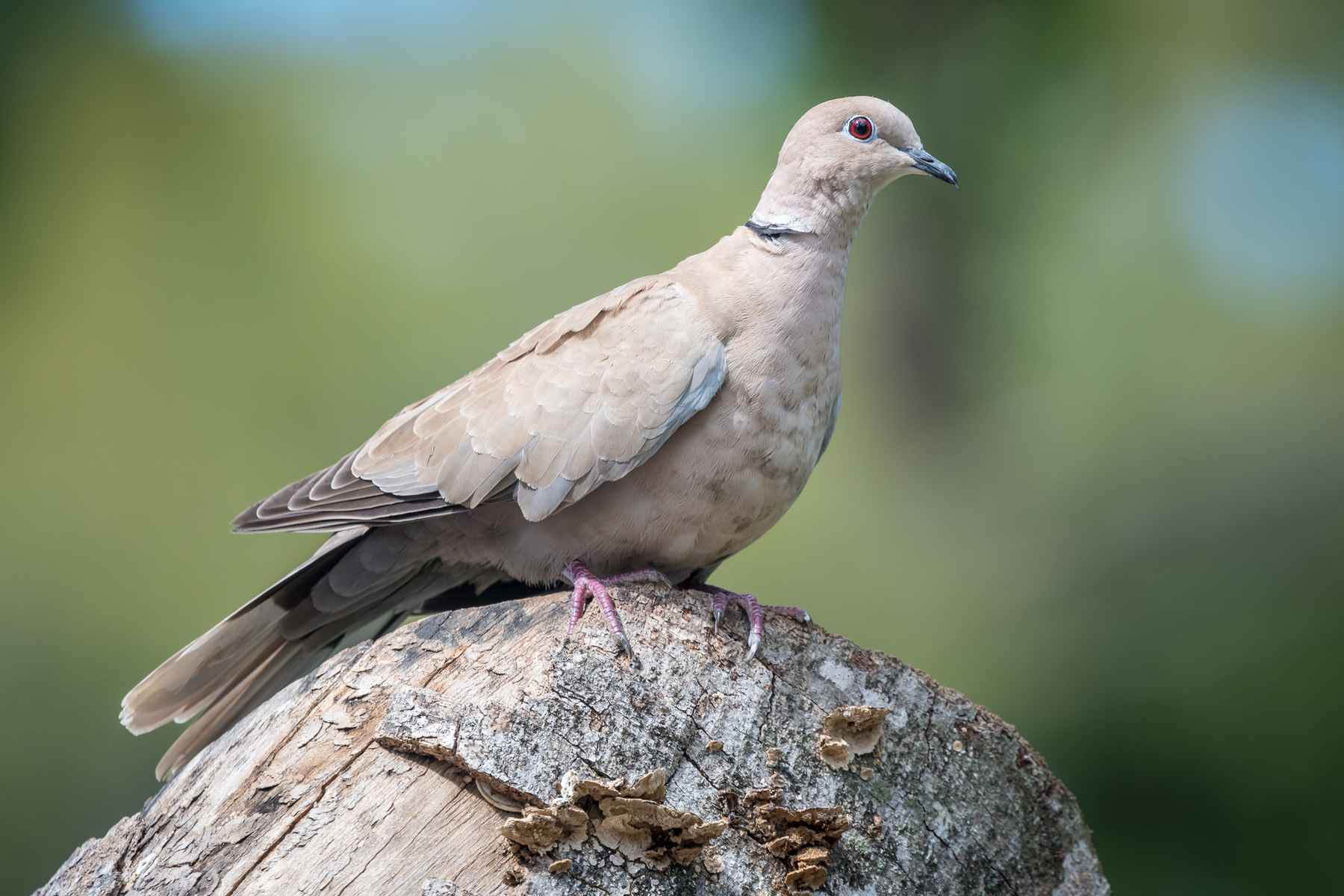
Birds have long captivated the human imagination, embodying a multitude of symbolic meanings. Among these associations, one enduring and mysterious connection is between birds and death. Across cultures and mythologies, certain avian species have been revered as harbingers of death or emissaries from the afterlife. In this article, we delve into the fascinating world of avian symbolism, exploring the species commonly associated with mortality.
Throughout history, birds have held immense symbolic power, bridging the earthly realm and the heavens above with their ability to soar through the skies. They are believed to convey messages from the otherworldly and guide souls to their final resting place.
Join us on a captivating journey as we unravel the intriguing connections between birds and death. We will explore the historical context of ancient birds of death, examine the symbolism behind these winged creatures, and uncover the stories and beliefs that have woven them into the fabric of death-related symbolism.
Historical Context: Birds of Death in Ancient Cultures

Ancient cultures and mythologies provide a rich tapestry of beliefs surrounding birds and their association with death and the afterlife. These beliefs offer valuable insights into the symbolic significance of birds in relation to mortality.
Ancient Egypt: In ancient Egyptian culture, the ba, or soul, of the deceased was believed to transform into a bird and ascend to the heavens. The falcon held particular significance in this transformation, with the god Horus, often depicted with a falcon’s head, guiding the souls of the departed.
Norse Mythology: Norse mythology attributed a powerful role to birds as messengers of death and guides to the afterlife. Odin, the chief Norse god, had two ravens named Huginn and Muninn, who flew across the world, bringing him information.
Greek Mythology: The owl, associated with wisdom and the afterlife, held a significant place in Greek mythology concerning death and the underworld. The goddess Athena, often depicted with an owl, was believed to possess the ability to foretell death.
Celtic Folklore: In Celtic folklore, the crow and the raven were viewed as birds of death, representing the transition of souls from the physical world to the spiritual realm. They served as a link between life and death, carrying both ominous and transformative connotations.
Aztec Mythology: The vulture played a sacred role in Aztec mythology, guiding the souls of the deceased to the underworld. It symbolized the transition from life to the spiritual realm.
Native American Tribes: The bald eagle, revered as a messenger between humans and the divine, held a significant place in the beliefs of Native American tribes of the Pacific Northwest. It embodied the bridge between mortal existence and the realm beyond, including death and the spirit world.
Understanding the historical context of ancient cultures’ perceptions of birds and death provides valuable insights into the symbolism and significance attributed to these winged creatures. Exploring these ancient beliefs deepens our understanding of the species associated with death in various cultures, as we will further explore in the subsequent sections of this article.
Symbolism of Birds in Death
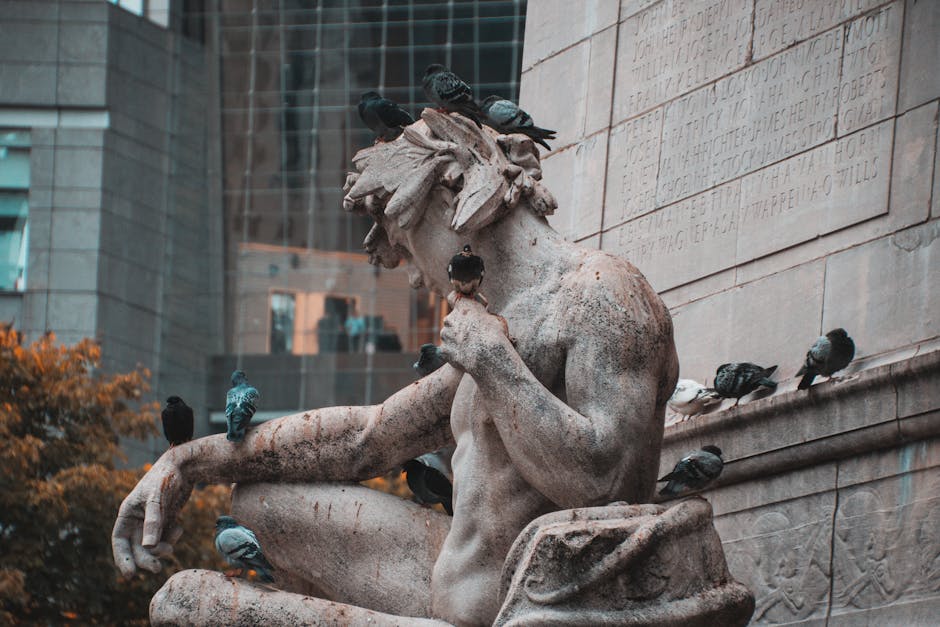
Birds have long held symbolic significance in relation to death and the afterlife. Across various cultures and belief systems, these winged creatures have been associated with the journey of the soul and the transition from life to death. The symbolism of birds in death can be rooted in their unique characteristics, behaviors, and mythological representations.
Greek Mythology: The Wise Owl
In Greek mythology, the owl stands as a prominent symbol associated with death. Revered as a creature of wisdom, the owl was linked to the goddess Athena and considered a guide to the underworld. Its nocturnal nature and haunting hoots further reinforced its connection to the realm of death.
Celtic Folklore: The Raven’s Role
Similarly, Celtic folklore attributes the raven with the role of a messenger of death and a guardian of the Otherworld. The raven’s black feathers and its presence at battlefields and graveyards intensified its association with mortality and the spiritual realm.
Norse Mythology: Odin’s Messenger
Within Norse mythology, the raven was closely linked to Odin, the god of death and the underworld. Regarded as a symbol of wisdom and prophecy, these intelligent birds were believed to carry Odin’s messages between the living and the dead.
Native American Cultures: The Guiding Crow
Many Native American cultures perceive the crow as a harbinger of death and transformation. These corvids are seen as guides for the souls of the departed, leading them to the afterlife. The crow’s black plumage and its scavenging behavior added to its association with mortality.
Christian Symbolism: The Dove’s Journey
Christian symbolism often attributes the dove with qualities of purity and the soul’s journey to heaven after death. The dove is commonly associated with the Holy Spirit and represents divine grace and peace, providing solace in the face of mortality.
Mexican Culture: The Macabre Calavera
In Mexican culture, the “calavera,” a skeletal bird figure, holds significant symbolism during the Day of the Dead festivities. Representing the souls of deceased loved ones, this macabre bird imagery serves as a reminder of mortality and the continuation of life beyond death.
Asian Cultures: The Crane’s Dual Symbolism
In various Asian cultures, the crane embodies both death and longevity. Its elegant form and graceful flight are believed to carry departed souls to the afterlife, while also symbolizing endurance and the cycles of life and death.
These diverse associations between birds and death stem from their ability to fly, representing the liberation of the soul from earthly confines. Additionally, the scavenging behavior of some birds connects them to the decomposition process and the circle of life.
Further Reading and Resources
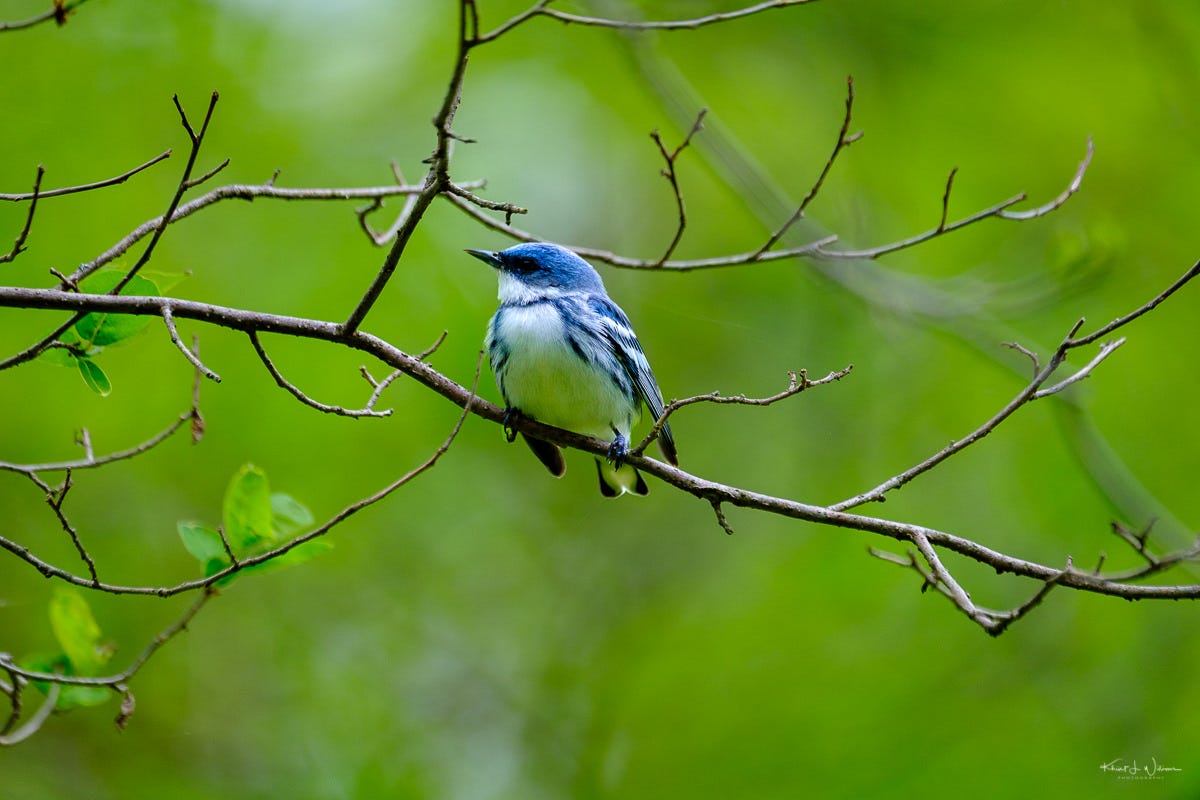
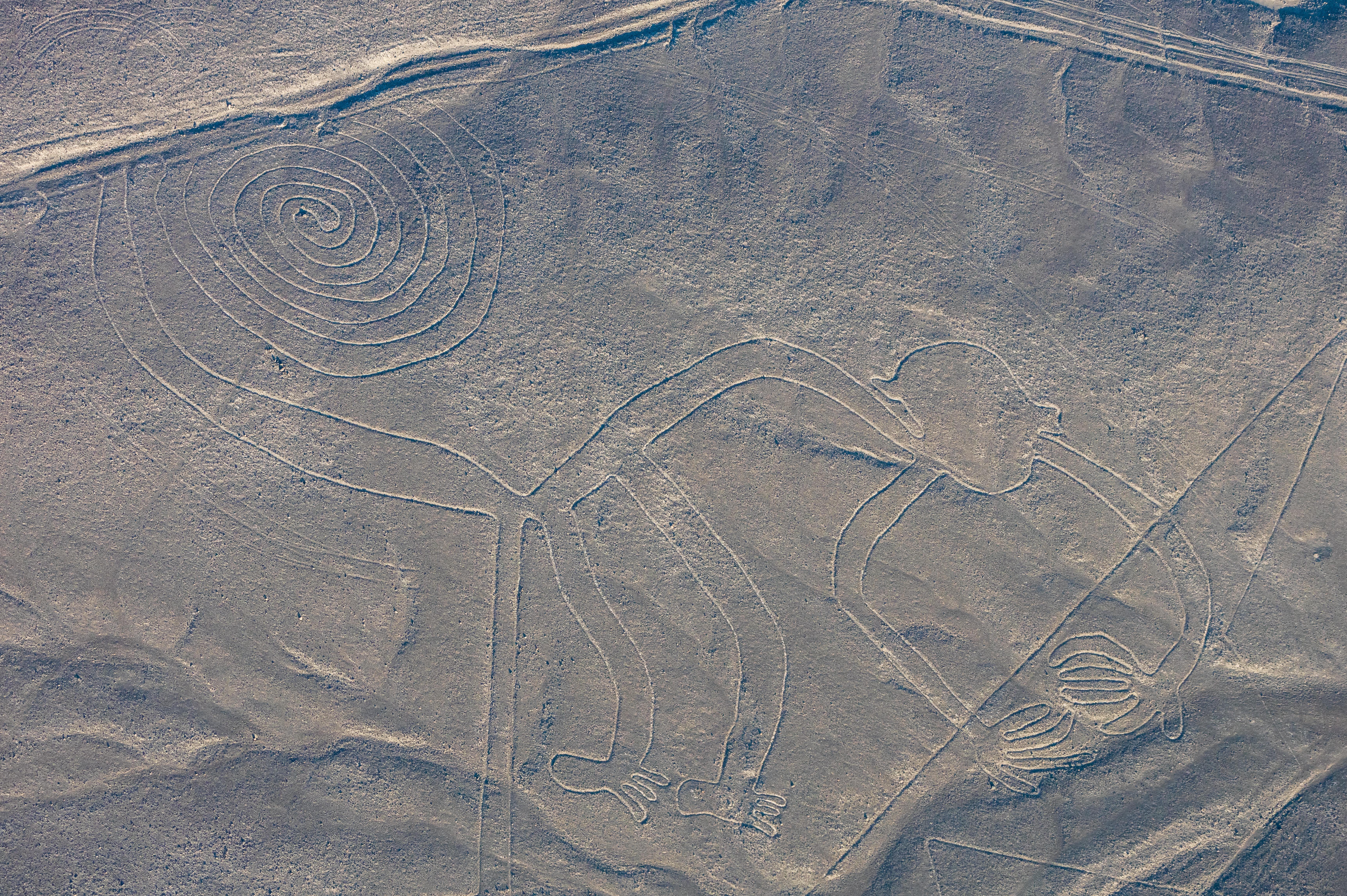
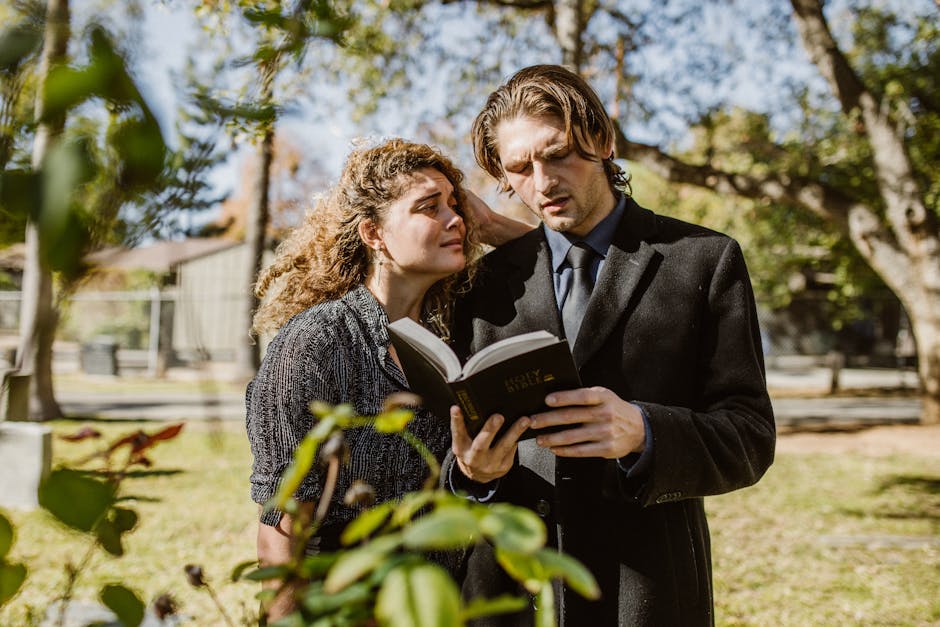
- The Symbolic Meaning of Birds in Mythology
- Birds and Death: Cultural Perspectives
- The Role of Birds in Funerary Practices
- Bird Symbolism in Different World Religions
Birds of Death

In this section, we will explore various species of birds associated with death in different cultures and mythologies. These birds have captivated human imagination and have become powerful symbols of mortality and the afterlife.
1. Raven
The raven is one of the most well-known birds associated with death. It embodies mystery, darkness, and the journey to the afterlife. In numerous mythologies, ravens are believed to be messengers of death or guides to the underworld.
2. Crow
Similar to ravens, crows are often linked to death and the supernatural. They are regarded as omens of bad luck or impending doom in some cultures. Folklore suggests that crows possess the ability to lead souls to the afterlife.
3. Vulture
Vultures have long been connected to death and decay due to their role as scavengers. Their presence circling above carcasses has led to their association with mortality in many cultures. In certain mythologies, vultures are considered guardians of the dead or symbols of purification.
4. Owl
Owls, often associated with wisdom, also have connections to death and the underworld. Their nocturnal nature and eerie hooting have led to beliefs that they are harbingers of death or companions of spirits. In some cultures, owls symbolize the transition between life and death.
5. Phoenix
The phoenix, a mythical bird, is frequently associated with death and rebirth. According to legend, the phoenix dies in flames and is reborn from its own ashes, symbolizing the cyclical nature of life and the triumph over death.
By exploring these species of birds associated with death, we gain insight into the diverse cultural interpretations and symbolism surrounding mortality.
Ravens and Death

Ravens, intelligent and mysterious birds, have captivated cultures worldwide with their association with death and the afterlife.
Symbolism in Mythology and Folklore
In Norse mythology, Odin, the god of death and wisdom, was accompanied by two ravens named Huginn and Muninn, symbolizing thought and memory. Celtic mythology also depicted ravens as messengers of death and the Otherworld, associated with the goddess Morrigan. Greek mythology linked ravens to Apollo, the god of prophecy, signifying his connection to the spiritual realm. Native American tribes, like the Haida and Tlingit, revered ravens as spirit animals guiding souls to the afterlife.
Cultural Beliefs and Superstitions
Throughout history, ravens have been regarded as omens of death and bad luck. Their presence near battlefields or during tragedies has been interpreted as signs of impending doom.
Literary and Pop Culture References
Edgar Allan Poe’s poem “The Raven” portrays the bird as a foreboding messenger, reinforcing the association between ravens and death. Ravens continue to be depicted in various art forms, solidifying their symbolic connection with mortality.
Ravens hold a special place in the collective imagination, with rich symbolism in mythology, cultural beliefs, and literature, highlighting their role as winged messengers of the afterlife.
Blackbirds and Death

Blackbirds, associated with mourning and the unknown, have long been linked to death and the afterlife in cultures worldwide.
Cultural Beliefs and Symbolism
In many cultures, blackbirds symbolize death due to their appearance and behavior, often interpreted as signs related to the afterlife.
European Folklore
European folklore portrays blackbirds as messengers from the underworld and omens of impending death. Legends depict them as souls of the deceased or shape-shifted spirits.
Celtic Mythology
In Celtic mythology, blackbirds hold profound symbolism associated with death and the Otherworld. They bridge the gap between the living world and the Otherworld, carrying news of death or impending doom.
Native American Beliefs
Native American tribes attribute symbolism to blackbirds, considering them as messengers or omens of the spirit world and forewarnings of death.
These cultural beliefs and mythologies demonstrate the enduring association between blackbirds and death, representing mortality, the afterlife, and the surrounding mysteries.
Owls and Vultures: Birds of Death
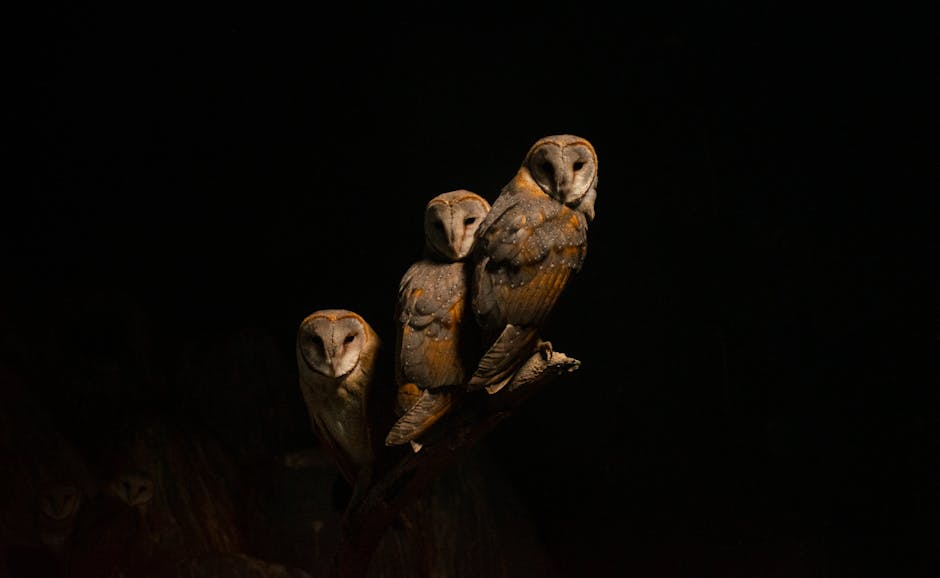
Owls and vultures have long been associated with death and the afterlife in various cultures and mythologies around the world. Let’s explore their intriguing connections.
Owls
In ancient Greek mythology, owls were symbols of wisdom, but they were also believed to be connected to death and the underworld. They were associated with the goddess Athena, who embodied wisdom, war, and death. Similarly, in Native American cultures and European folklore, owls were considered messengers of death and harbingers of bad omens.
The nocturnal nature of owls, their silent flight, and eerie calls contribute to their association with death. Their hunting skills and ability to see in the dark may have further contributed to this perception. Throughout literature and popular culture, owls are often portrayed as mysterious creatures with a strong connection to death.
Vultures
Vultures, on the other hand, are closely associated with death and decay due to their scavenging behavior. These birds play a vital role as nature’s cleanup crew, detecting the scent of dead animals from great distances. Their ability to locate carrion reinforces their connection to death.
In ancient Egypt, vultures held sacred significance and were linked to the goddess Nekhbet, a protective deity and guardian of the pharaohs. In Hinduism and certain Native American cultures, vultures are believed to serve as messengers, carrying the souls of the deceased to the afterlife.
The vulture’s bald head and its role in cleansing and purifying the environment have led to cultural beliefs in their special abilities. The sight of vultures circling in the sky is often considered an omen of death or impending doom, solidifying their reputation as harbingers of mortality.
Conclusion

Owls and vultures, with their unique characteristics and cultural associations, continue to captivate the human imagination. Their symbolism and connection to death make them intriguing subjects of study in mythology, folklore, and literature.
Further Reading and Resources
- “The Owl in Art, Myth, and Legend” by John Sparks
- “Owls: Our Most Charming Bird” by Matt Sewell
- “The Language of Birds” by David Lukas
- “The Hidden Lives of Owls: The Science and Spirit of Nature’s Most Elusive Birds” by Leigh Calvez
- “Owls: A Guide to Every Species in the World” by Marianne Taylor
Conclusions: Death and the Winged Messengers

Birds have long been associated with death in various cultures and folklore, serving as winged messengers and harbingers of doom. Their symbolism reveals a profound fascination with the intersection of life and death, the spirit realm, and the cyclical nature of existence.
The raven, with its dark allure, is widely linked to death in mythologies worldwide. Depicted as a harbinger of death or a symbol of the afterlife, this mysterious bird connects the mortal plane to the spiritual realm.
Similarly, crows hold significant associations with death across cultures. Their black feathers and haunting caws contribute to their reputation as omens of impending doom. In some traditions, crows guide souls in their transition between life and death, acting as protectors or warning signs.
Owls, with their nocturnal nature and enigmatic hoots, have long been connected to death and the underworld. Viewed as harbingers of misfortune or impending death in certain cultures, owls symbolize wisdom and intuition, strengthening their ties to the spirit realm and the afterlife.
Vultures, due to their scavenging behavior and association with decay, have become intertwined with death and the cycle of life. In certain cultures, they are regarded as purifiers or guardians of the dead, playing a vital role in the natural process of decomposition and renewal.
Ancient Egyptian mythology offers another intriguing example, where the falcon-headed god Horus symbolizes death and rebirth. The falcon, revered for its keen vision and swift flight, embodies the cyclical nature of life and the transcendence from one state to another.
Birds of death serve as potent reminders of our mortality and the mysteries that lie beyond. These winged messengers bridge the gap between the physical and spiritual realms, inspiring awe, fear, and contemplation. Through their presence, they offer glimpses into the enigmatic realm of death and the eternal cycle of existence.
Further Reading and Resources
To delve deeper into the fascinating realm of birds associated with death, here are some recommended resources:
Books
-
“The Language of Birds” by Gary Lachman: Explores the cultural and mythological significance of birds, including their connection to death in various traditions.
-
“Birds and Death: A Study in Symbolism” by Michael P. Garofalo: Delves into the symbolism of birds in relation to death, drawing from various cultural and religious perspectives.
Scholarly Articles
-
“The Role of Birds in Symbolism and Mythology” by John D. Cawthon: Examines the symbolic significance of birds in different cultures and mythologies, with a particular emphasis on their role in representing death and the afterlife.
-
“The Birds of Death: A Cross-Cultural Study” by Karen L. Anderson: Explores the diverse representations of birds associated with death across different societies and time periods.
Online Resources
-
Cornell Lab of Ornithology (https://www.birds.cornell.edu): Provides a wealth of information on birds, including their cultural and symbolic significance.
-
Mythology.net (https://mythology.net): Offers a dedicated section on bird symbolism in mythology.
Documentaries and Visual Media
- “Winged Messengers: Birds and Death”: A captivating documentary that explores the profound relationship between birds and death.
Folklore and Mythology
- Ancient Egyptian Mythology: Investigate the significance of birds in ancient Egyptian mythology, particularly their association with the afterlife and the journey of the soul.
These resources offer diverse perspectives and in-depth analysis, allowing you to deepen your knowledge and appreciation of the bird’s connection to death. Happy exploring!
Frequently Asked Questions
What bird is associated with death?
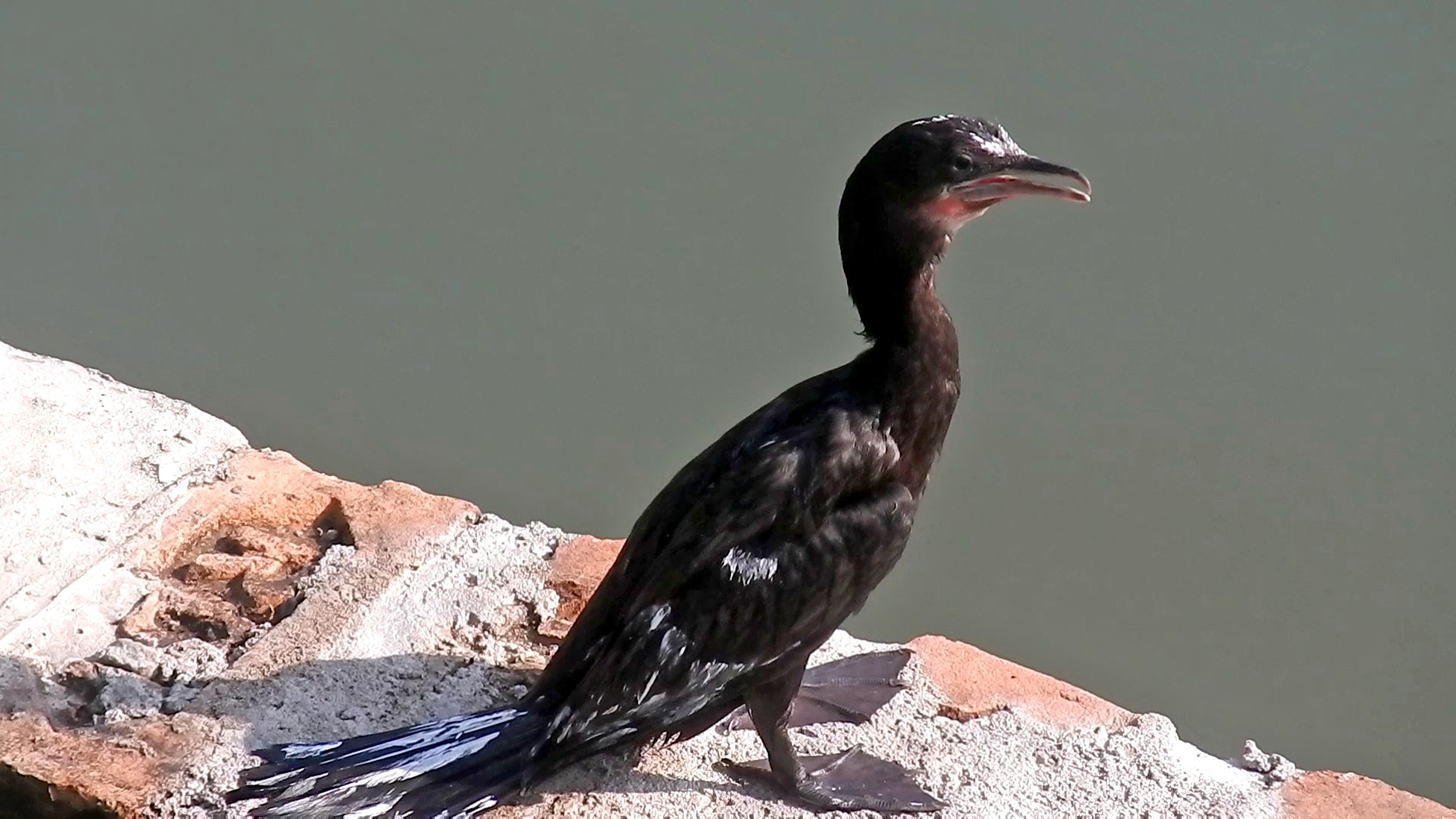
The raven is one of the most commonly associated birds with death. It is often depicted as a harbinger of death or a symbol of the afterlife in various mythologies and cultural beliefs.
Why is the raven associated with death?
The raven’s association with death stems from its dark appearance, mysterious behavior, and its presence in mythologies worldwide. Its role as a scavenger and its association with battlefields and graveyards have contributed to its symbolic connection to mortality.
Are owls associated with death?
Yes, owls are often associated with death and the underworld in various cultures and folklore. Their nocturnal nature, eerie hooting, and ability to see in the dark have led to beliefs that they are harbingers of death or companions of spirits.
What other birds are associated with death?
In addition to the raven and owl, other birds associated with death include crows, vultures, and blackbirds. These birds have cultural and mythological significance related to mortality, the afterlife, and the spiritual realm.
Why are birds associated with death?
Birds are associated with death due to their ability to fly, which symbolizes the liberation of the soul from earthly confines. Their scavenging behavior and their presence in places associated with death, such as battlefields and graveyards, have also contributed to their association with mortality.


Leave a Reply